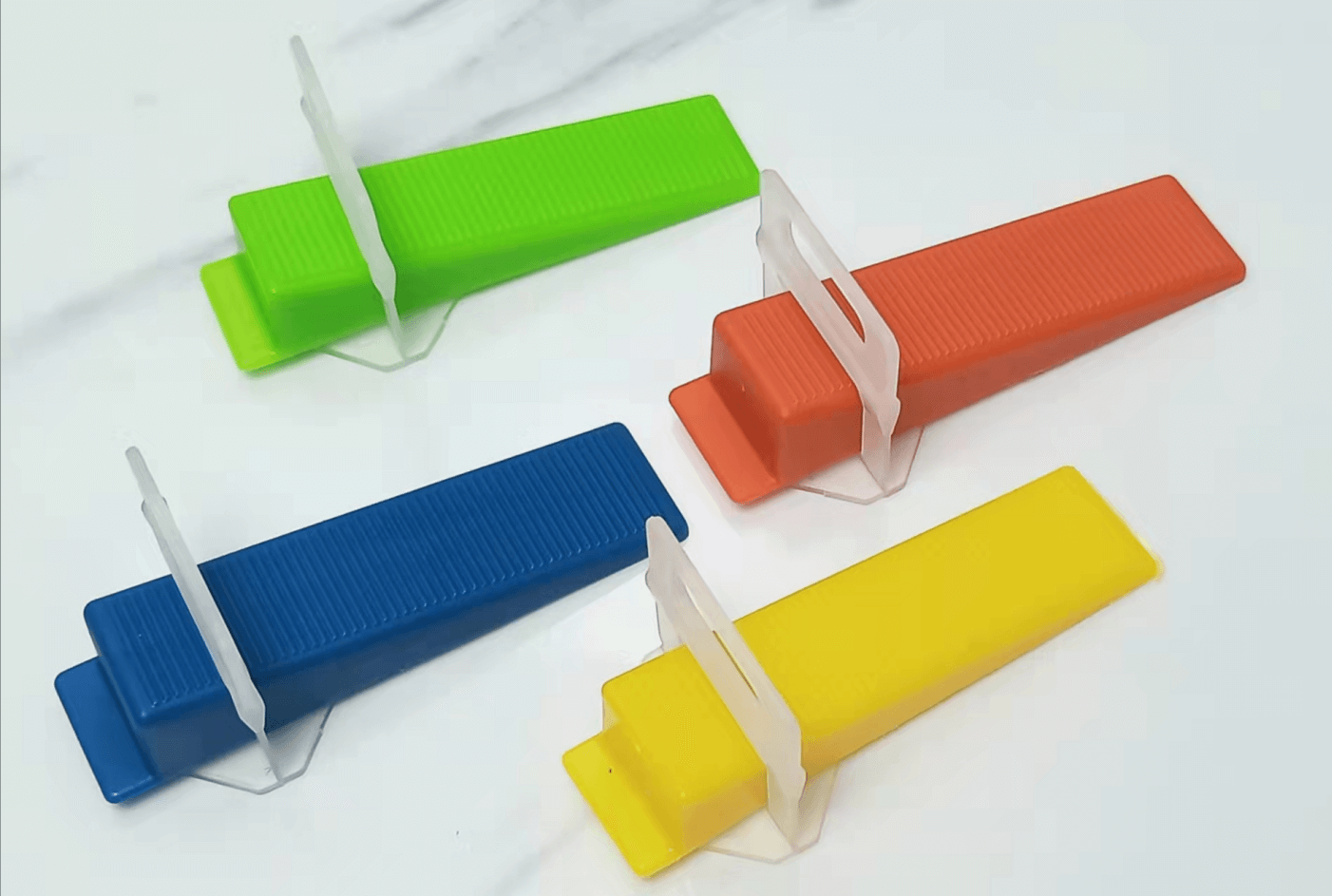Email format error
Email cannot be empty
Email already exists
6-20 characters(letters plus numbers only)
The password is inconsistent
Email format error
Email cannot be empty
Email does not exist
6-20 characters(letters plus numbers only)
The password is inconsistent



Bathroom levelling, also known as bathroom floor levelling or bathroom floor screeding, is the process of creating a level and even surface before installing tiles or other flooring materials. It typically involves filling in any low spots or uneven areas to ensure a solid and stable foundation for flooring. Bathroom levelling is essential for several reasons:
Aesthetics: it provides a visually appealing and professional finish. This eliminates any unevenness or slopes that can be unpleasant and disrupt the overall aesthetic of the bathroom.
Functionality: it ensures that water drains correctly and does not pool in any areas. Thus, it prevents water damage, mould growth, and other issues that can result from poor drainage.
Flooring Installation: it creates a firm base for flooring installation, thus avoiding cracked tiles, loose flooring, and an overall unstable floor.
Methods of Bathroom Levelling and Choosing the Right Method
There are multiple methods for bathroom levelling, depending on the severity of the unevenness and the desired outcome. Some common methods are:
Self-Levelling Compound: the most popular and effective solution for bathroom levelling It is a cement-based mixture that is poured onto the floor and spreads out evenly. It is easy to use and produces a smooth finish. Self-levelling compounds are suitable for minor to moderate unevenness.
Plywood Subfloor: if the bathroom floor has significant unevenness or structural issues, the option of installing a plywood subfloor can help create a level surface. Plywood sheets are laid over the existing floor, and shims or levelling compounds are used to fill any gaps or low spots. This method requires more time and expertise.
Floor Screeding: floor screeding entails applying a layer of sand and cement mixture to the floor and manually levelling it using a screed board. This method is suitable for larger areas with severe unevenness and requires skill and experience to achieve a smooth finish.
The right method depends on factors such as the severity of the unevenness, budget, time constraints, and personal preference. It is recommended to seek professional guidance to assess the condition of the bathroom floor and determine the most suitable levelling method.
Materials Used for Bathroom Levelling and Their Characteristics
The materials for bathroom levelling vary depending on the chosen method. Here are some frequently used materials and their characteristics:
Self-Levelling Compound: made of cement, sand, and additives They are easy to mix and pour, and they flow and fill in low spots to level the floor. They dry quickly and provide an even surface for tiling or other flooring materials.
Plywood: plywood sheets are typically used for creating a subfloor. They come in different thicknesses and grades. Plywood provides strength and stability to the floor, and it can be cut to fit the bathroom layout. It is important to select moisture-resistant plywood to avoid warping or damage from water exposure.
Sand and Cement: floor screeding involves mixing sand and cement in specific ratios to create a levelling mixture. The mixture is applied to the floor and levelled manually using a screed board. Sand and cement screeds are strong and provide a reliable base for the flooring. However, they require more time and effort compared to self-levelling compounds.
Construction Steps and Precautions for Bathroom Levelling
The construction steps may vary depending on the selected method. Nevertheless, here are some general steps to follow:
Prepare the floor: remove any existing flooring materials, clean the floor thoroughly, and address any cracks or damages.
Assess the unevenness: use a level or straightedge to identify low spots or uneven areas on the floor.
Choose the levelling method. Based on the evaluation, opt for the most suitable levelling method and assemble the necessary materials and tools.
Follow manufacturer guidelines: if using a self-levelling compound, comply with the manufacturer’s instructions for blending and pouring. If using plywood or floor screeding, adhere to the recommended techniques and ratios.
Apply the levelling material: Pour the self-levelling compound, lay the plywood sheets, or apply the screeding mixture according to the chosen method. Utilise a trowel or screed board to spread and level the material.
Allow drying or curing: depending on the levelling material, allow sufficient time for drying or curing before proceeding with the flooring installation.
Precautions for bathroom levelling include:
Adequate ventilation: ensure that the bathroom is adequately ventilated during the levelling process to allow for proper drying and to reduce the impact of fumes from levelling compounds or cement.
Safety precautions: wear appropriate safety gear, such as gloves and goggles, when handling levelling materials.
Professional assistance: If uncertain about the process or lack experience, it is advised to seek professional aid to ensure a successful and long-lasting bathroom levelling.
In conclusion, bathroom levelling is necessary for creating a level and strong surface for flooring installation. By understanding the different methods, materials, and precautions involved, you can make well-informed decisions and achieve a smooth and durable bathroom floor.